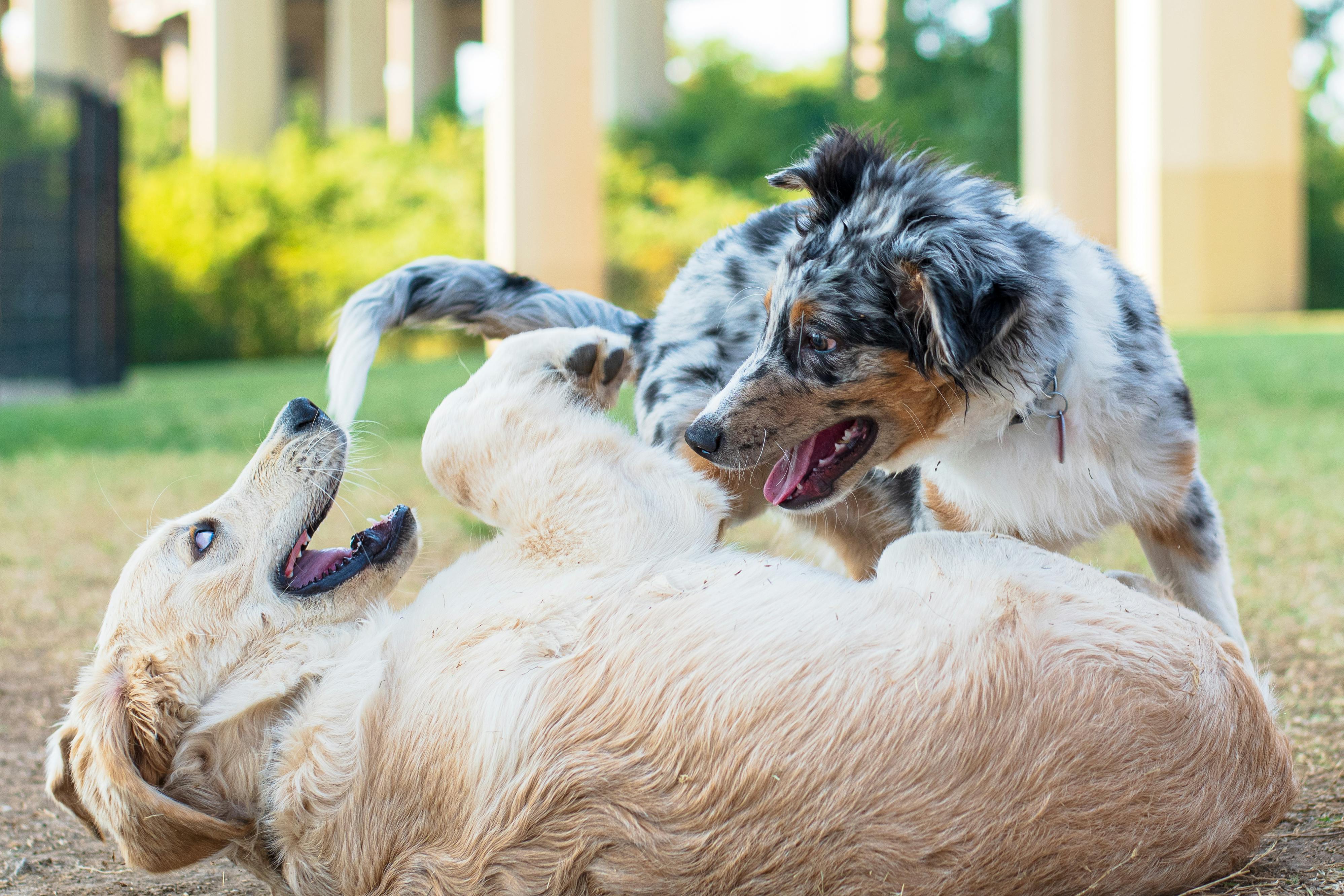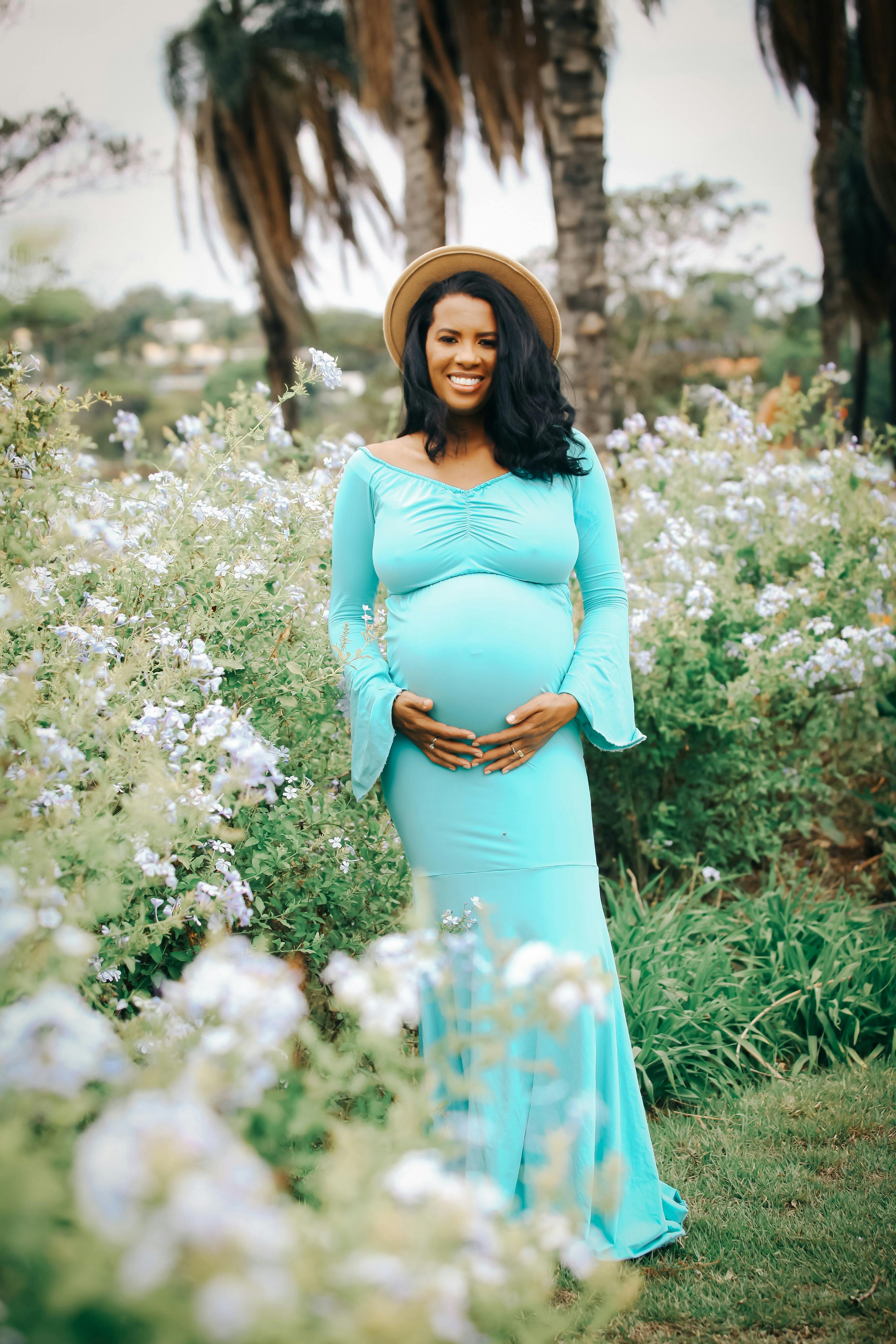Smart Ways to Create a Spacious Indoor Rabbit Enclosure in 2025
Creating a spacious and comfortable indoor rabbit enclosure is key to ensuring your pet's happiness and health. With the increasing popularity of rabbits as indoor pets, today’s rabbit owners are seeking innovative ways to enhance their bunnies’ environments. Designing a smart indoor rabbit setup not only makes for a secure rabbit environment but also facilitates bonding between you and your pet. In this article, we'll explore essential tips and tricks for building the perfect rabbit habitat, maximizing useable space within a confined area, and considering the multifaceted needs of indoor rabbits.
By the end, you’ll be equipped with a range of ideas for rabbit furniture, play areas, and enrichment options that help your furry friend thrive indoors.
Understanding the Needs of Indoor Rabbits
Before diving into enclosure specifics, it’s crucial to grasp what makes for a comfortable rabbit living area. Depending on the size and breed of your rabbit, their housing needs will vary. Indoor rabbits thrive in safe environments that provide room to hop, play, and explore. The size of the indoor rabbit enclosure should allow for at least three feet of vertical and horizontal space for each rabbit if you have multiple.
Choosing the Right Type of Indoor Rabbit Enclosure
There are various options for rabbit housing, including traditional rabbit hutches, multi-level rabbit enclosures, and open-play spaces. A multi-level rabbit hutch maximizes vertical space while offering separate areas for eating, sleeping, and playing. This setup is beneficial for exercise and enrichment, ensuring your rabbit remains active and engaged.
Materials and Structure for Rabbit Housing
When designing your indoor rabbit pen, opt for safe materials free from harmful chemicals and toxic substances. Solid wood, untreated plywood, and metal wire are common choices. Additionally, consider enclosing the area with sturdy fencing to prevent escapes and create a secure rabbit environment.
Maximizing Space Inside the Enclosure
A spacious rabbit enclosure doesn’t necessarily require vast square footage. Utilizing vertical space effectively can significantly enhance their living area. Shelves, ramps, and tunnels can provide excitement and enrichment, while also creating designated zones for activities like eating and relaxing. Adding rabbit-friendly platforms encourages natural behaviors such as climbing and exploring.
Rabbit-Friendly Furniture and Accessories
To enrich your rabbit's indoor environment, incorporating various accessories is essential. Items such as rabbit beds, litter boxes, and chew toys all contribute to your bunny’s comfort and well-being. A comfortable rabbit cage should not feel too confined; providing an area for them to stretch and move about is critical.
Comfortable Rabbit Bedding and Mats
Choosing the right bedding can make a significant difference in your rabbit's overall health. Soft, absorbent materials like straw, hay, or pet-safe fleece provide comfort while keeping the enclosure clean and dry. Regularly replace the bedding to ensure hygiene and avoid any health issues.
Safe and Engaging Rabbit Toys
Rabbit toys play an essential role in keeping your pet mentally stimulated. Items such as chew toys, tunnels, and foraging games will encourage healthy playtime activities and exercise. Ensuring that toys are made from non-toxic materials is vital for your rabbit's safety.
Setting Up Rabbit Play Areas
Besides their main enclosure, creating a dedicated rabbit play area in your home can encourage physical activity and exploration. Supervised playtime outside their primary space allows for exercise and engagement. Consider using a playpen setup to safely extend their play area while keeping them secure.
Securing Your Indoor Rabbit Environment
Rabbit safety is a significant concern for any pet owner. Creating an indoor rabbit housing environment requires thoughtful consideration to avoid potential hazards. By ensuring that wires, cleaning chemicals, and fragile items are out of reach, you can significantly reduce the risk of accidents.
Proper Rabbit Litter Training
Utilizing a designated litter box within your rabbit's enclosure is essential for maintaining cleanliness. Use rabbit-specific litter, which is safe and absorbent. Train your rabbit using positive reinforcement techniques; this encourages good litter habits that help keep their space tidy.
Rabbit Bonding and Socialization
Bonding with your rabbit is vital for their emotional well-being. Spending quality time playing, grooming, and handling your bunny will strengthen your relationship. In addition to creating a comfortable rabbit apartment, designing daily interactions contributes to a happier, more sociable pet.
Indoor Climate Control for Rabbit Health
Indoor climate control is critical for maintaining a healthy rabbit living space. Ensure that the indoor temperature is comfortable and consistent, as extremes in heat or cold can stress your rabbit. Monitor humidity levels, as well; ideal conditions are between 40%-60% humidity to keep your rabbit healthy and comfortable.
Essential Care for Your Rabbit Enclosure
Ensuring a clean, comfortable rabbit habitat is crucial for your pet’s well-being. Regular maintenance of their indoor rabbit setup will help prevent sickness and ensure that they are happy within their living environment.
Cleaning and Hygiene Practices
Regular cleaning of your rabbit enclosure is necessary. This includes replacing bedding, cleaning food and water dishes, and sanitizing the litter box. A clean environment reduces the risk of disease and maintains a hygienic space for your rabbit.
Regular Health Checks
Monitor your rabbit’s health by conducting regular health checks. Keep an eye out for any changes in behavior, appetite, or litter box habits. Early detection of potential health issues can lead to better outcomes.
Providing Nutritional Needs
The right nutrition plays a crucial role in a healthy rabbit lifestyle. Provide a balanced diet, including hay, fresh vegetables, and limited pellets. This will ensure your rabbit remains fit and healthy, while also contributing to their overall happiness within their indoor environment.
Frequently Asked Questions About Indoor Rabbit Enclosures
What size should an indoor rabbit enclosure be?
The enclosure should be large enough for your rabbit to stand, hop, and lie comfortably. For most breeds, a minimum of 12 square feet is recommended, but more space is always better.
How can I make my indoor rabbit setup more enriching?
Incorporate different levels of shelving, tunnels, and a variety of toys. Change up the layout frequently to keep things interesting for your rabbit.
What are the best bedding options for rabbits?
The best bedding includes soft, absorbent materials like hay, paper-based bedding, or aspen shavings. Avoid cedar or pine shavings as they can be harmful to rabbits.
Conclusion
Creating a spacious and engaging indoor rabbit enclosure requires a thorough understanding of your rabbit's needs, safety concerns, and proper maintenance. By following the above tips, you can transform your indoor space into a rabbit-friendly area that ensures your pet's happiness and health. Investing time and energy into your rabbit's environment today will lead to a fulfilling relationship for years to come.
 example.com/image2.png
example.com/image2.png
 example.com/image3.png
example.com/image3.png 